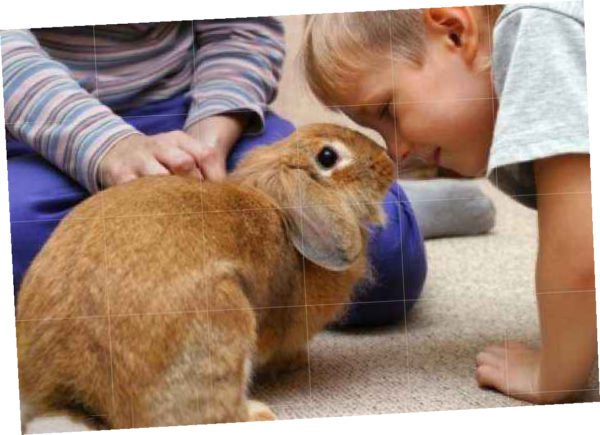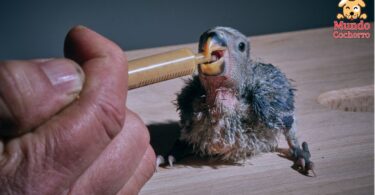Lizards are one of the oldest species living on our planet. Among the conditions that have allowed them to survive are their great capacity to adapt and their immense ability to escape from predators. If you have a pet lizard, you probably know that it can lose its tail, as this is a natural survival mechanism for these species.
Indice
That is, the loss of a lizard’s tail is part of the survival methods of lizards. It is a phenomenon known as autotomy and seeks to distract predators with the loss of the tail.
There are many species of reptiles capable of performing this defense mechanism. While species in the lizard family are best known for performing this action, many lizards, geckos, iguanas, salamanders and even snakes may amputate the end of their tails to distract the enemy’s attention. It should also be known that the tail usually grows back over time, although it may look somewhat different.
Autotomy or loss of tail in lizards
The name Autotomy comes from the ancient Greek words cut and to itself. In general, if lizards sense that they are in danger, they may shed their tails. It is a mechanism that has been studied on many occasions.
This is the case of the research developed by scientists from the United States and the United Arab Emirates with the aim of unveiling the mechanisms that enable the process and replicating it in other fields such as robotics. The result of the research, which was published in the journal Nature, describes the process as a kind of “unplugging” of the reptiles’ tails.
The research details that the tail ends of the reptiles studied were covered with micropillars grouped in the shape of a mushroom. Each micropillar had its tip covered with nanopores, which were described by the researchers as plugs connecting to other plugs. When the tail is released or lost, a sort of disconnection occurs between these sockets, which is ultimately what allows the tail to fall out.
How to prevent tail loss
As a survival mechanism, reptiles may lose their tails when they feel threatened or in danger. If you have a reptile in captivity, you must take certain care to prevent this from happening. Of course, it is always important that you keep it with all the necessary care for it to develop well. In any case, take note of the following care.
- Proper handling. Avoid grabbing the lizard by the tail, as this can cause stress and injury. The idea is to always handle it carefully and gently.
- Avoid scares. In general, it is important to avoid scaring the lizard. It is also necessary to avoid that it may feel threatened, as many lizards can lose their tails due to fear and stress.
- Adequate environment. It is necessary that the lizard has an adequate space where it can feel at ease and can move and hide at ease.
Image courtesy of https://pixabay.com, all rights reserved.







